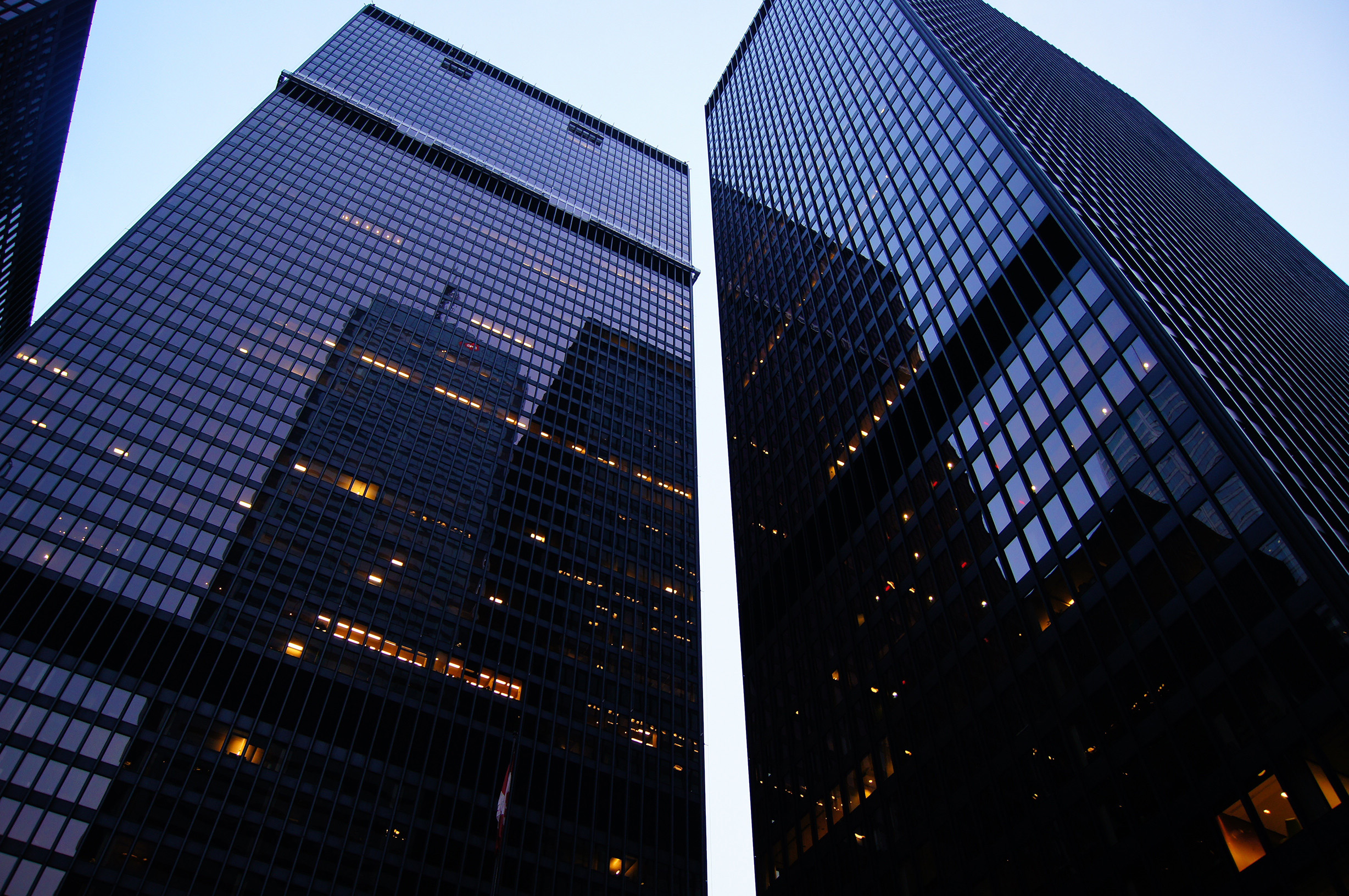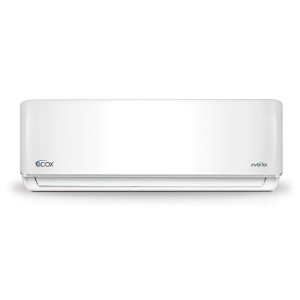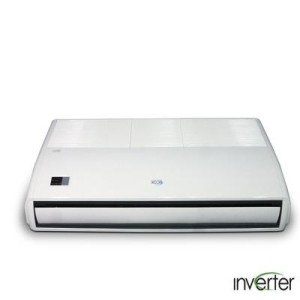
HEAT LOAD CALCULATION
|
Heat load or cooling load is defined as the amount of energy in the form of heat that must be removed from a given space to control specific temperature and humidity conditions for human comfort or industrial processes. A good thermal load calculation will always ensure the success of any project or installation no matter how small, whether it is called residential, commercial or industrial. Before analyzing the main aspects that involve the thermal load we must know that when the solar heat passes through a glass is trapped (thermal transfer) in the space to be conditioned and the temperature and humidity conditions change immediately, unlike the same solar heat that passes through walls and ceilings, depending on the material, This heat is not transmitted immediately in the space to be conditioned and is not felt in the environment until sometime later, likewise sometimes this heat does not enter this space until after sunset, this is due to the different materials with which the construction was made and mainly to the difference between outside temperature and internal temperature, the greater this difference, the greater the amount or flow of heat in the place to be conditioned. Fearing clear the previous concepts we can understand why the most important points that are present in a calculation of thermal load or cooling: ORIENTATION WITH RESPECT TO THE SUN - If we know that the sun rises from the east, the solar thermal load on the facade of the space to be conditioned will be greater in the morning than in the afternoon. The solar incidence on the building should be determined by the path of the sun during the period of time that the air conditioning is operating. WALLS AND CEILINGS - Depending on the type of wall and ceiling material, including thermal insulation such as paints, plasters, among others, make the heat flow into the space to be conditioned slower, which, in the glass, this happens because the glass is a translucent material and is not 100% solid and in solid materials some of that heat is reflected to the atmosphere. THERMAL INFILTRATION - Thermal infiltration is another important aspect to take into consideration and that sometimes is omitted, this is the heat or heat flow that is contained in the outside air that enters the building or the space to be conditioned through the doors, cracks, between floors, between ceilings, and other openings, these infiltrations are presented by the difference in pressure that exists between the exterior and interior to be conditioned, and the most important of the infiltrations that must be taken into account is the humidity. INTERNAL HEAT SOURCES - Internal heat sources are those emitted by people, lighting, engines, computer equipment, electric or gas stoves, ovens and other similar items. The heat that people emit depends on the amount of energy that they consume to carry out the desired activity. A person in a state of rest or relaxation produces less heat than another person who is carrying out a sports or work activity. All types of light produce heat in a greater or lesser amount, whether incandescent or white light or LED or ultraviolet. Motors, electrical machinery, ovens, desktop and laptop computer equipment are all part of the internal sources that must be considered. VENTILATION AND EXTRACTION SYSTEMS - Ventilation and mechanical or forced extraction is another source of heat loss which is necessary to increase or compensate the air temperature.
Today there are programs or applications, which make the calculations of thermal load, but often by ignorance or little information of the parameters requested are made incorrectly, knowing the above concepts, we are sure that in a next calculation, will be made clearly correct and concise |
Related Products
Consultant Mechanical Engineer in calculation, design and automation in VRF Systems






